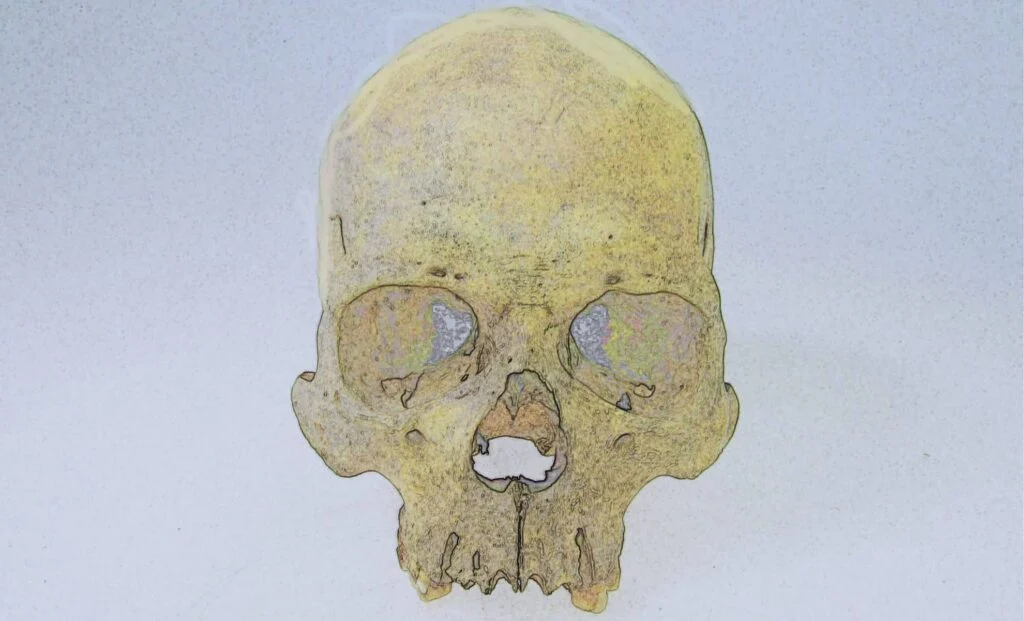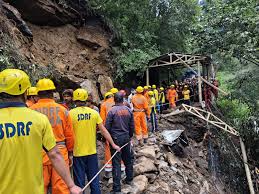
UF develops solar storm forecasting tools
UF Scientists Develop Advanced Solar Storm Forecasting Tools Amid Rising Space Weather Threats
In a pivotal step toward securing Earth’s technological infrastructure against increasing solar activity, researchers at the University of Florida (UF) have developed a cutting edge suite of tools to forecast solar storms more accurately and earlier than ever before. With society's dependence on satellites, communication systems, and GPS technology growing exponentially, space weather forecasting is rapidly becoming a global priority. The new system, spearheaded by UF’s Space Weather Impacts, Forecasting, and Transit (SWIFT) Lab, focuses on tracking solar energetic particles and magnetic field disturbances from the sun to Earth, with the goal of protecting critical satellite systems and ground based networks. This development comes at a time when solar cycle 25, which began in 2019, is nearing its peak, intensifying the frequency and severity of solar flares and coronal mass ejections (CMEs).
Solar storms originate from the sun’s surface and outer atmosphere, where magnetic fields can become twisted and suddenly release energy in the form of radiation or charged particles. These eruptions, known as solar flares and CMEs, travel across space and, when directed toward Earth, can severely impact satellite electronics, interfere with navigation systems, and even cause surges in electrical power grids. The most powerful events can create geomagnetic storms, leading to potential blackouts and disruption of aviation communications. The UF team recognized that existing forecasting models lacked the precision and speed needed to give operators sufficient warning. As such, they set out to build a more accurate prediction framework by integrating real time solar observation data with physics based modeling techniques and artificial intelligence.
The cornerstone of UF’s system is a high resolution simulation model that tracks the trajectory and speed of solar energetic particles (SEPs) as they move through the interplanetary magnetic field toward Earth. Traditional models often relied on static parameters and post event analysis, making them reactive rather than proactive. The UF model, in contrast, continuously ingests real time data from solar observatories such as NASA’s Solar Dynamics Observatory (SDO) and ESA’s Solar Orbiter. Using this data, the forecasting system dynamically updates its models to provide near instant alerts for solar events with the potential to affect Earth based or orbital technologies. These alerts are crucial for space agencies, airlines, and power grid operators who require advance notice to activate defensive protocols.
Beyond software modeling, UF researchers are also working on a physical testing facility a plasma simulation chamber designed to replicate the harsh conditions of the space environment. This chamber will allow scientists and engineers to test satellite hardware, sensors, and shielding materials under simulated solar storm impacts. This is particularly important for private spaceflight companies, as commercial satellites become smaller, more numerous, and more critical to global infrastructure. The chamber is also expected to be used in collaboration with aerospace firms and government agencies interested in pre launch validation of their systems against space weather vulnerabilities. UF’s hands on approach of combining simulation with experimental testing sets it apart from other research institutions working in this domain.
Another crucial aspect of the project is the development of autonomous spacecraft systems that can respond in real time to forecasted solar events. Working in conjunction with computer engineers and aerospace designers, UF’s SWIFT Lab is helping design protocols that allow spacecraft to modify their operational behavior based on incoming space weather threats. For example, a satellite could enter a protective mode to shield its sensitive electronics or reduce its activity during a high radiation event. Such a response would help mitigate the risk of component failure and extend the operational life of the spacecraft. The ultimate goal is to create a fleet of “smart satellites” that work in tandem with ground based forecasting to achieve greater resilience across space infrastructure.
The implications of this project stretch far beyond academia. With increased global reliance on satellite based systems ranging from internet access and weather forecasting to military defense and global positioning systems the risks posed by solar storms cannot be underestimated. In 1989, a geomagnetic storm caused by a CME knocked out power in Quebec, affecting millions of people. In 2003, the “Halloween Storms” disrupted air traffic and satellite communications. As solar cycle 25 continues to intensify, there’s growing concern that a modern equivalent of the Carrington Event (the largest geomagnetic storm on record from 1859) could cause catastrophic damage to today’s hyper connected world. UF’s forecasting tools, therefore, play a vital role in preparing both governmental and private sector stakeholders for these looming threats.
Collaboration remains a central pillar of UF’s initiative. The university is working closely with federal agencies like NASA, NOAA’s Space Weather Prediction Center, and the U.S. Space Force to ensure their models integrate into national forecasting efforts. Additionally, international partnerships with space weather agencies in Europe and Asia are helping UF refine its models with global data inputs, thereby enhancing the accuracy of predictions across different longitudes and latitudes. The project is also contributing to public awareness by developing an educational outreach component, where school programs and university courses explain the science behind space weather and its real world implications. Such efforts aim to cultivate a new generation of scientists and engineers equipped to tackle this rapidly evolving challenge.
In conclusion, the University of Florida’s development of advanced solar storm forecasting tools marks a transformative moment in space weather preparedness. Through a combination of real time data analytics, simulation based modeling, physical testing, and autonomous spacecraft integration, UF is pushing the boundaries of what’s possible in predictive science. As solar activity increases and humanity’s presence in space continues to expand, innovations like these will be indispensable for safeguarding the technological backbone of modern civilization. The proactive vision of UF researchers not only enhances our understanding of the sun Earth connection but also equips us to face the cosmic hazards of the future with greater confidence and resilience.










